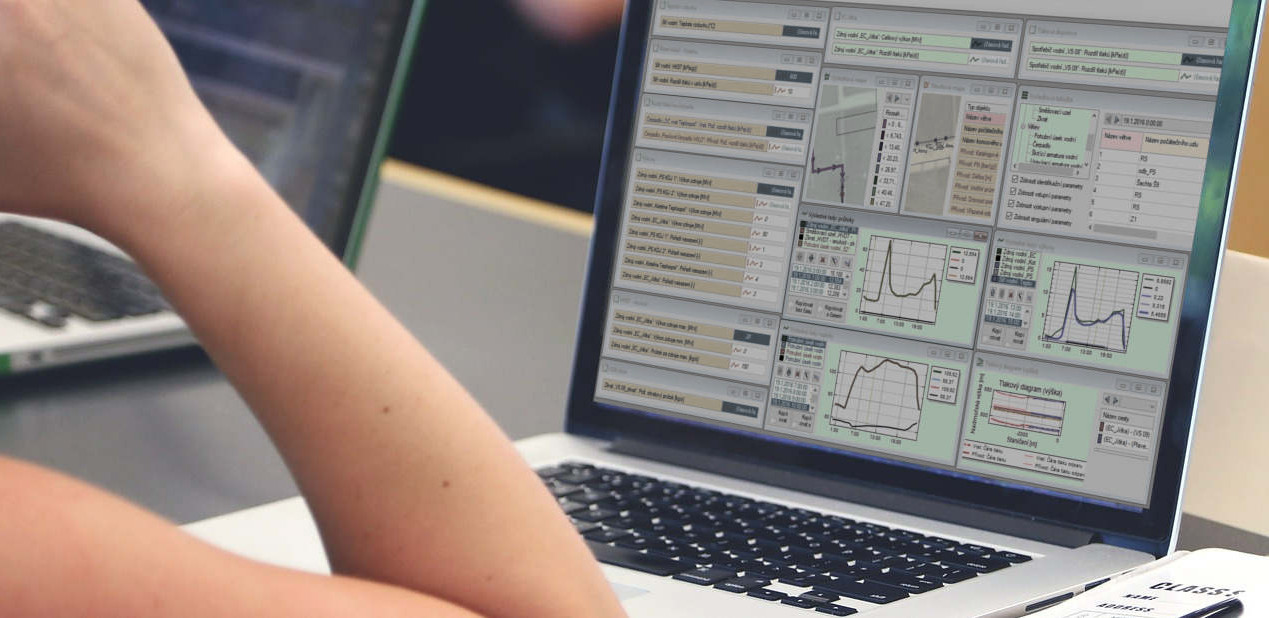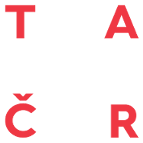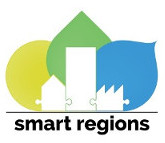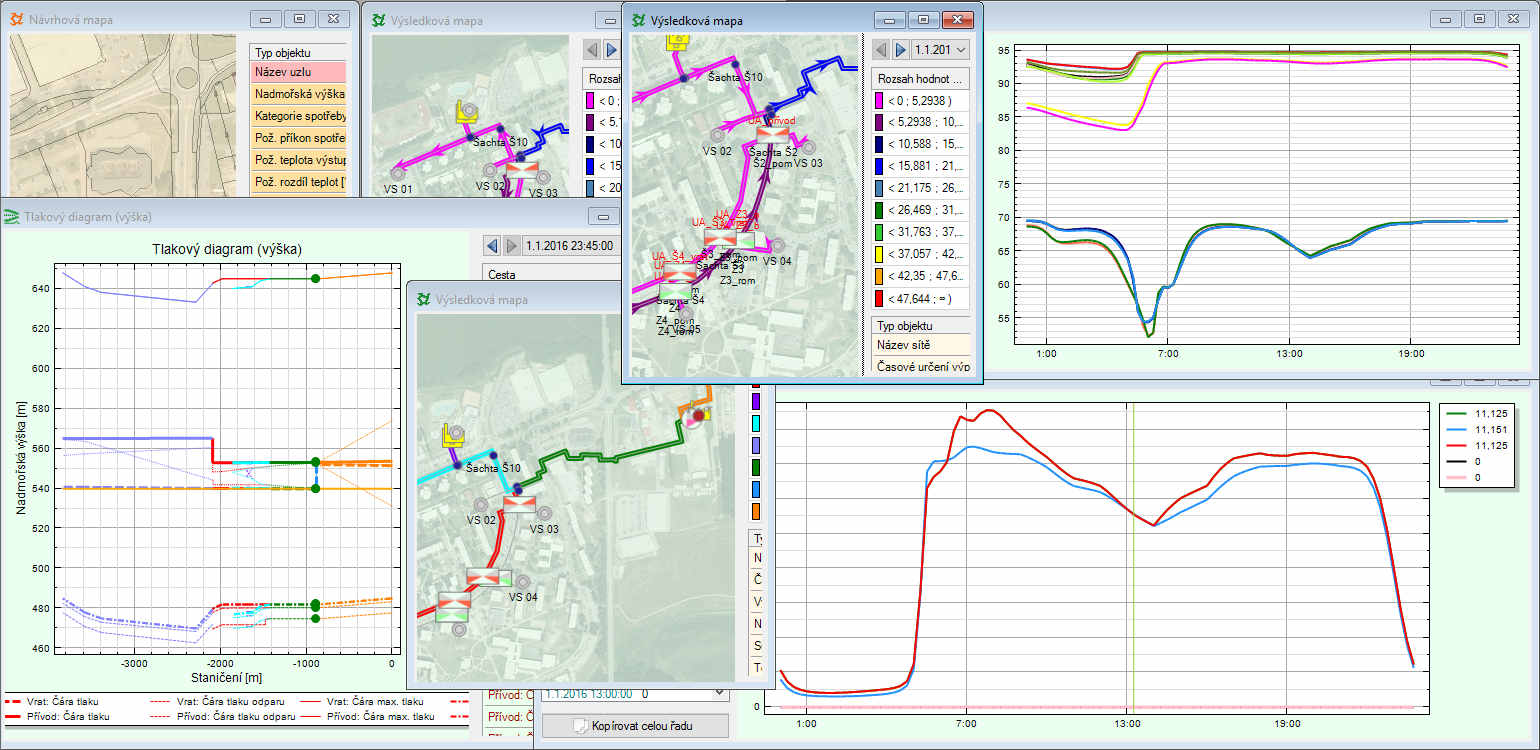

REGIOS

REGIOS is a tool for daily operation preparation and optimization of smaller thermal networks. The REGIOS system is designed for deploying smart regions in local heating systems with renewable energy sources.
REGIOS was created with the financial support of TA Czech Republic within the scope of targeted support for research, development and innovation in the project “Smart Regions - Buildings and Settlements Information Modelling, Technology and Infrastructure for Sustainable development” (identification code TE02000077 by Central project records).



 The software is based on a complex simulation model of heat production, distribution and consumption.
The software is based on a complex simulation model of heat production, distribution and consumption.
The software uses the same technology for the thermo-hydraulic network calculations and the neural model of heat consumption as MOP, but unlike MOP, it is adapted for specific optimization tasks requested by a particular customer.
REGIOS shares with MOP also the main user interface (that can use spatial map display of the network, display pressure diagrams, pump operation diagrams, offline and online background maps, etc.) and extension modules GISimport, SQLexport, etc.
The Online module allows user to display measured values along with the model inputs and outputs and also to operate in a prediction and analytical modes. The prediction mode serves for the system behaviour prediction in near future, while the analytical mode serves for the analysis of past operational situations. The simulation mode allows modeling of any historical or future operational options.
Planning for future operation states
Prediction mode is primarily used in operation planning to predict heat supply and electricity production for one or several days ahead. It can be used in the process of short-term trading of electricity, or for subsequent checks an adherence to agreed deliveries.
Simultaneous display of measured and model values, where the charts display the overlap of predicted and measured values, allows user to track the quality of the prediction, or to respond to new situations.
The so-called continuous predictor allows updating the prediction that combines the current settings for future operation with updated real measurements.
Analysis of past operating states
Analytical mode serves for a detailed examination of historical operating conditions and changes.
Simulation of operational changes
Simulation mode makes it possible to create and study different operating variants for any outdoor temperature without any connection to the actual state of the system. This mode is designed to build long-term production plans (month, year, ...) and to elaborate conceptual materials for long-term system development and optimization.



phone: 283 840 357, 283 840 355; web: www.ortep.cz; e-mail: ortep@ortep.cz
